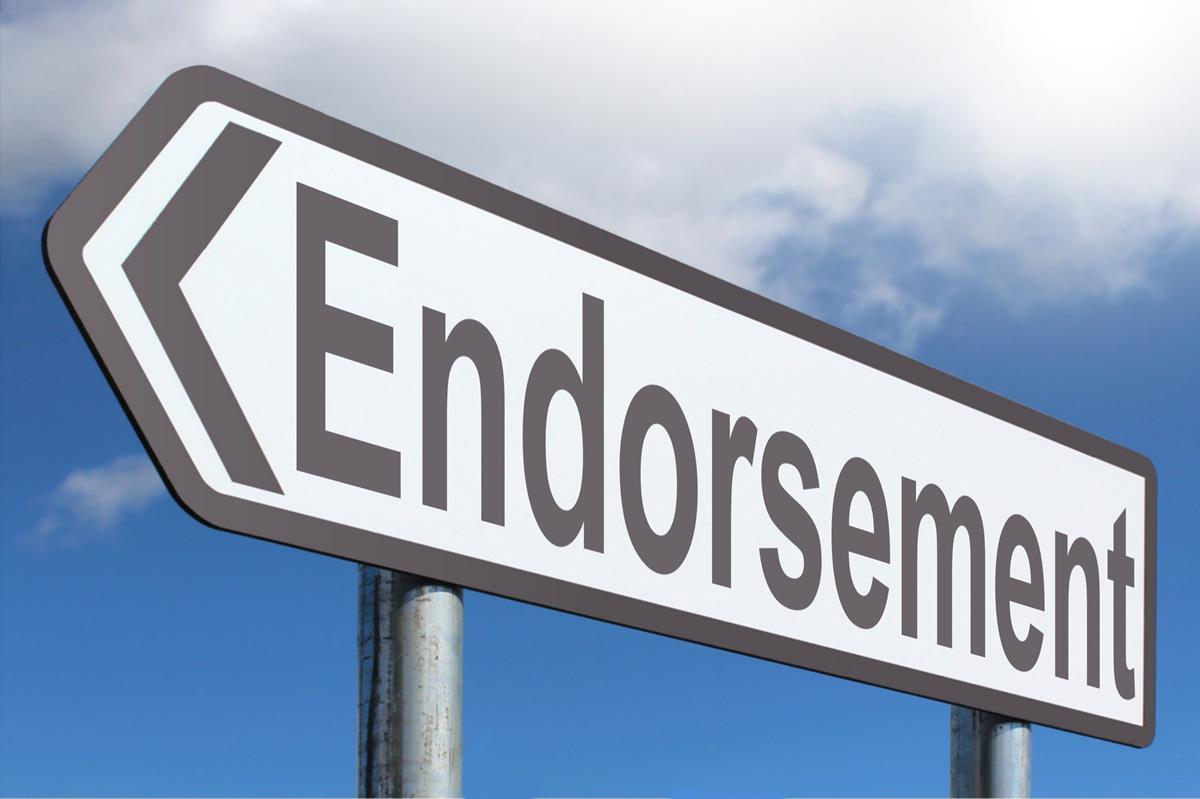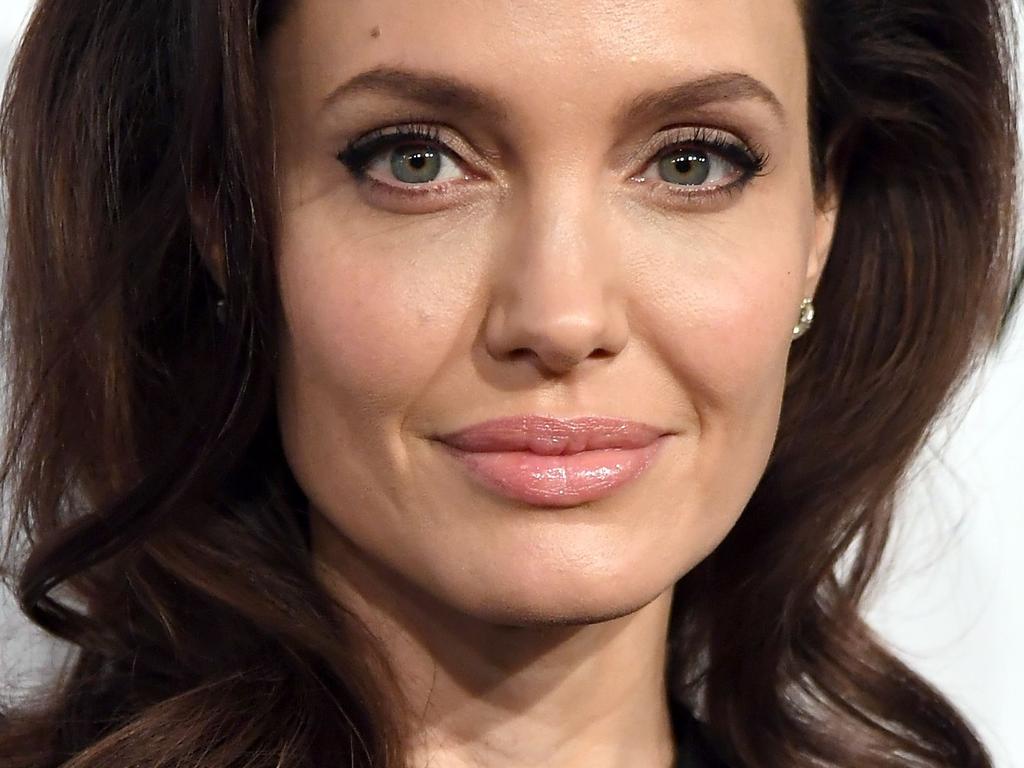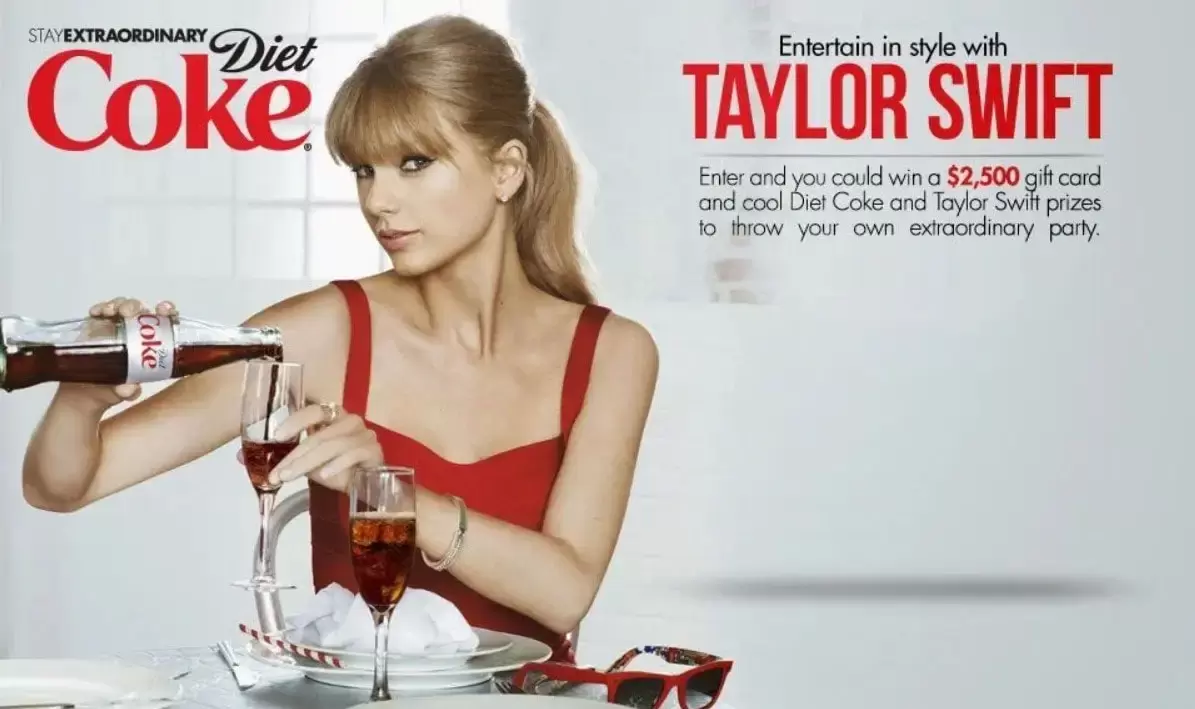
Celebrity endorsement has long been a powerful, yet often enigmatic, force within the marketing landscape. Brands across virtually every industry are drawn to the undeniable allure of leveraging famous personalities to amplify their message, build credibility, and forge deeper connections with consumer bases. This strategy is predicated on a fundamental truth: celebrities possess a unique ability to capture attention, imbue products with aspirational qualities, and influence purchasing decisions through the sheer weight of their public profile and perceived influence.
However, the glamour of a high-profile partnership can often overshadow the complex, analytical work required to truly understand its efficacy. For any significant marketing investment, the ultimate benchmark of success is its return on investment (ROI), and celebrity endorsements are no exception. Quantifying this ROI involves navigating a complex interplay of variables, from the precise alignment of a celebrity’s persona with a brand’s identity to the strategic execution and measurement of a campaign’s direct and indirect outcomes.
This article delves into the intricate mechanics of celebrity endorsements, offering a rigorous, analytical perspective consistent with the principles of effective business management. We will dissect how these partnerships impact product sales, explore comprehensive methodologies for assessing their true value, examine benchmarks set by successful campaigns, and critically analyze the significant risks involved when endorsements deviate from their intended positive trajectory. Understanding these dynamics is paramount for executives seeking to transform star power into sustainable business growth.

1. **Introduction to Celebrity Endorsement and ROI**Celebrity endorsement has become a ubiquitous feature of modern marketing, leveraging fame and influence to promote products. The rationale is simple: celebrities attract attention, build credibility, and create emotional connections. However, the true measure of success lies in its ROI, a complex interplay of celebrity relevance, brand alignment, and campaign effectiveness in driving sales or desired outcomes.
Marketing executives quantify ROI through direct sales, market share growth, and brand equity, exemplified by Michael Jordan’s partnership with Nike boosting Air Jordan sales. Financial analysts assess ROI via stock market performance, shareholder value changes, or cost-profit analysis, such as Berkshire Hathaway’s stock value increase after Warren Buffett endorsed BYD. Consumer behavior specialists focus on psychological impact, evaluating brand recall, sentiment, and purchase intent, as seen with George Clooney’s association enhancing Nespresso’s sophisticated image.
Deeper into ROI, ‘Brand-Celebrity Fit’ is crucial; a mismatch creates dissonance, while Jennifer Aniston’s alignment with Aveeno reinforces natural positioning. ‘Campaign Reach and Frequency,’ like Cristiano Ronaldo’s social media presence, amplifies impact. ‘Endorsement Type’ (e.g., Rihanna’s Fenty Beauty collaboration) also influences ROI, showcasing diverse potentials. However, ‘Market Saturation’ can dilute effectiveness, and ‘Scandal and Controversy,’ such as Tiger Woods’ fallout, negatively impacts ROI. Establishing clear ‘Measurement Metrics’ (KPIs) like media impressions and engagement rates is essential for accurate ROI calculation.

2. **How Celebrity Endorsements Affect Sales?**Celebrity endorsements are a marketing staple, harnessing fame to boost sales and brand image. This complex phenomenon intertwines marketing, psychology, and economics, relying on transferring cultural and social capital from celebrity to product. This transfer can significantly uplift sales, as consumers buy into an associated lifestyle. However, effectiveness varies based on celebrity relevance, endorsement authenticity, and market dynamics.
Economically, the decision hinges on expected ROI, meticulously calculating sales uplift against endorsement cost. ‘Relevance and Fit’ are paramount; Michael Jordan’s athletic prowess with Nike’s Air Jordan line exemplifies this, leading to historic sales. ‘Celebrity-Brand Congruence’ further enhances impact, as seen with Oprah Winfrey’s Weight Watchers endorsement, where her journey bolstered the brand’s message. Consumers respond positively when a celebrity’s persona aligns with brand values, building trust critical for sales.
Sales impact diminishes with ‘Market Saturation’ if a celebrity endorses too many products, leading to consumer skepticism. ‘Scandals and Public Image’ pose a significant risk; positive image boosts sales, but negative publicity, like Tiger Woods’ scandal, adversely affects perception and sales. In the digital age, ‘Social Media Influence’ (e.g., Kylie Jenner’s Instagram posts) exponentially expands reach, driving immediate sales. ‘Longevity of Endorsement,’ such as George Clooney with Nespresso, fosters sustained growth, while ‘Cultural Impact’ (the ‘Rihanna Effect’) drives demand by setting trends.

3. **Assessing the Value of Celebrity Partnerships**Celebrity partnerships are often seen as a direct route to brand recognition and sales. However, their true value transcends mere exposure, focusing on aligning a brand with a celebrity whose image and audience complement its identity and goals. Assessing effectiveness requires metrics reflecting both tangible and intangible benefits, including immediate sales spikes, long-term brand health, customer loyalty, and alignment with brand values.
Financially, ROI is the most straightforward metric, comparing campaign revenue to endorsement cost; a significant uptick in sales post-partnership for a sports brand with an athlete illustrates this. ‘Brand Perception’ is also critical, measured through surveys, social media sentiment, and brand health trackers. A positive shift in perception, such as enhanced image for luxury brands partnering with A-list celebrities, indicates successful alignment and resonance with the target audience.
Key metrics include ‘Social Media Engagement’ (likes, shares, comments), indicating influence and audience reception. ‘Media Value’ quantifies earned exposure equivalent to advertising costs, like a viral celebrity tweet. ‘Sales Lift’ provides a direct comparison of sales before and after endorsement. Further, ‘Market Share’ increase, ‘Consumer Sentiment’ analysis, and ‘Long-Term Growth’ assessment reveal sustained impact. ‘Brand Alignment’ is crucial for long-term success, as misalignment can negate short-term gains. ‘Cost Per Acquisition (CPA)’ and ‘Customer Lifetime Value (CLTV)’ offer insights into cost-effectiveness and enduring revenue. Finally, ‘Cross-Promotional Opportunities’ add value beyond direct sales.

4. **Successful Celebrity Endorsement Campaigns**Celebrity endorsements have long been a foundational staple in marketing strategies, adeptly leveraging the fame and inherent influence of public figures to significantly boost brand awareness and directly stimulate sales. The effectiveness of these campaigns is most often rigorously measured by their demonstrable return on investment (ROI), a metric that can be quantified through various robust indicators, including but not limited to increased sales volumes, heightened social media engagement, and positive shifts in brand sentiment. Critically, the true and multifaceted impact of a celebrity endorsement frequently extends beyond these immediate, quantifiable metrics, subtly influencing brand perception and fostering deep customer loyalty in ways that are often less tangible but unequivocally significant and enduring.
By meticulously examining a selection of highly successful case studies, we can glean invaluable, actionable insights into the precise strategies that consistently resonate most profoundly with consumers and illuminate the nuanced, often intricate dynamics that operate between the celebrity, the brand, and the discerning audience. These exemplars serve as powerful lessons in strategic alignment, authentic messaging, and long-term vision, proving that thoughtful execution is paramount for maximizing the investment.

1. **Michael Jordan and Nike:** Arguably the most iconic and financially impactful partnership in the annals of sports marketing history, Michael Jordan’s unparalleled collaboration with Nike not only fundamentally revolutionized the entire athletic wear industry but also firmly established the Air Jordan brand as a pervasive cultural phenomenon. The ROI for Nike from this synergistic alliance has been nothing short of substantial and transformative, with Air Jordans consistently generating billions in global sales and the brand itself becoming inextricably synonymous with peak athletic excellence and unparalleled style. This partnership demonstrates the power of aligning with an undisputed icon whose personal narrative mirrors the brand’s aspirations.

2. **George Clooney and Nespresso:** George Clooney’s consistently suave and sophisticated persona has graced the face of Nespresso since 2006, effortlessly imbuing the brand with an undeniable touch of refined elegance. His sustained involvement has been instrumental in strategically positioning Nespresso as the quintessential premium coffee experience, directly contributing to a remarkable and sustained increase in global sales volumes and a significant expansion of market share within a highly competitive industry. This case underscores the long-term benefits of a consistent, high-profile association that elevates brand perception.




